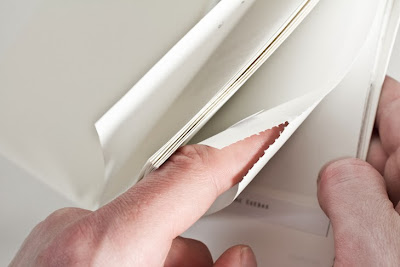designival_design festival research
'This November 22nd we're hosting a mini Designival at Camp And Furnace in Liverpool - supported by ACME/Liverpool Vision.
It's part lectures from some great names in design, part networking event and social and also a launch event for the return of Designival proper in July 2014 - a special summer edition as part of the International Festival of Business.
But though the event is mini (as is the ticket price), the speakers certainly aren't. We're welcoming both the internationally renowned Erik Kessles of KesselsKramer and Matt Webb the CEO, Principal and co-founder of BERG - plus one more speaker TBA.
history.
Formerly Design Symposium North, the concept was conceived in 2008 by Liverpool creative agencies Smiling Wolf, Black & Ginger and Uniform.
And now, as Designival, it is the most established design festival in the North.
Previous events in 2008, 2009 and 2010 have been held at St George's Hall and the LJMU Design Academy attracting some of the industries biggest names including Michael Wolff (Wolff Olins), Matt Pyke (Universal Everything) and James Bull (Moving Brands). Attendance of the one day events has grown consistently over three years to over 500 delegates from Liverpool, the North West and beyond.
venue_camp & furnace
Camp and Furnace is a new kind of venue. Nestled within the Baltic Triangle of Liverpool, this refreshing, exciting and laid-back venue has already proved to be massive hit with the people of Liverpool.
Formerly three industrial spaces, a furnace, a blade factory and a coach shed - now as Camp and Furnace, this ultimate event space hosts an eatery, a bar, a music venue, a boutique caravan hotel, an indoor festival park and a photographic studio, to name only but a few. In short we know you'll agree Camp and Furnace is the best place to host the North's biggest design festival.
speakers_Erik Kessels
Creative Director of KesselsKramer
Erik Kessels has been Creative Director of communications agency KesselsKramer in Amsterdam since 1996 and works for national and international clients – such as Diesel, Heineken, Nike, The Hans Brinker Budget Hotel, J&B, Citizen M and Tele2 – and has offices in Amsterdam, London and LA.
As an artist and photography collector Kessels has published several books of his ‘collected’ images: Missing Links (1999), The Instant Men (2000), in almost every picture (2001-2013) and Wonder (2006). Since 2000, he has been an editor of the alternative photography magazine Useful Photography.
For the DVD art project Loud & Clear he worked together with artists such as Marlene Dumas and Candice Breitz.
For the DVD art project Loud & Clear he worked together with artists such as Marlene Dumas and Candice Breitz.
Kessels writes regular editorials for numerous international magazines. He lectured at the D&AD Presidents Lecture and at several international design conferences such as in Singapore, Goa, NY, Toronto and Bangkok. He has taught at the Gerrit Rietveld Academy and at the Amsterdam Academy of Architecture where he curated a celebration of amateurism.
Kessels made and curated exhibitions such as The European Championship of Graphic Design, Graphic Detour, Loving Your Pictures, Use me Abuse me and Album Beauty . He als co-curated an exhibition called From Here on together with Martin Parr, Joachim Schmid, Clement Cheroux and Joan Fontuberta.
In 2010 Kessels was awarded with the Amsterdam Prize of the Arts and in 2012 elected as the most influential creative of The Netherlands.
speakers_matt webb
CEO, Principal and co-founder of BERG
Matt Webb is BERG’s CEO, and co-founded the design studio in 2005.
BERG invents products for the near future. Little Printer, the delightful Web-connected printer, creates miniature personalised newspapers, and is the first of BERG’s family of smart products for the home. Mag+, the magazine concept with Bonnier AB, went on to become the first digital magazine platform on the iPad. In 2012, Fast Company included BERG in its annual list of the world’s 50 most innovative companies.
Matt is co-author of the book Mind Hacks (O’Reilly, 2004), a popular collection of explorations into the workings of the brain, and is a regular speaker on the inspirational role of design and technology in culture. He lives in London.




